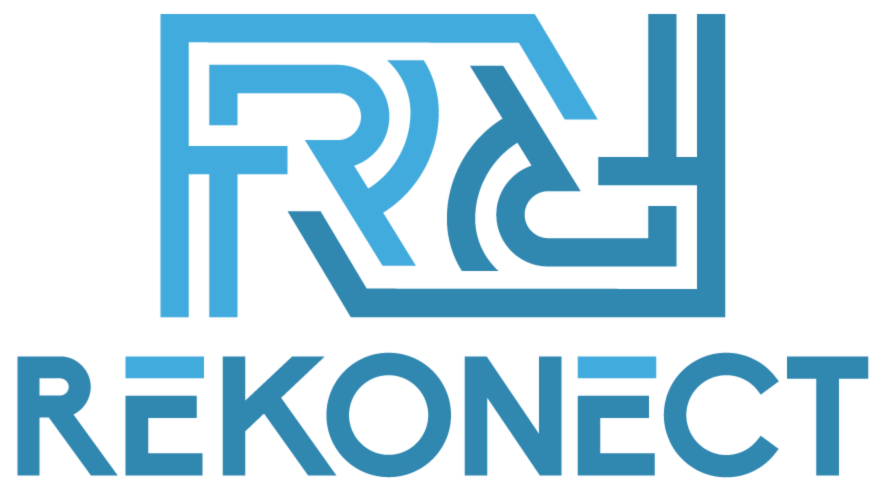Starting a nonprofit can be incredibly rewarding—but it also comes with its fair share of challenges. One of the biggest hurdles new organizations face is figuring out how to raise money effectively. Without a clear plan, it’s easy to feel overwhelmed or stuck, especially when resources are limited and name recognition is still growing.
That’s why having a strong fundraising strategy is so important. It’s not just about collecting donations—it’s about building a sustainable foundation that allows your mission to thrive. From connecting with supporters to navigating grant opportunities, the right approach can make all the difference.
In this guide, we’ll walk through some of the most effective fundraising strategies for new nonprofits. Each section offers practical advice and simple tips to help you start strong, stay focused, and build momentum. Whether you’re just getting started or refining your existing efforts, these strategies are designed to be clear, doable, and beginner-friendly.
Let’s get started.
Strategy 1: Build Relationships with Donors
For new nonprofits, relationships are everything. While flashy campaigns and big donations might sound exciting, it’s the consistent support from real people that helps organizations grow steadily over time. That’s why building trust with donors—especially in the early stages—is one of the most valuable things you can do.
Start by thinking of donors as partners in your mission, not just sources of funding. Reach out personally when you can. Share your story, explain why your cause matters, and invite them to be part of the journey. Even small gestures—like a handwritten thank-you note or a quick update about your progress—can go a long way toward making supporters feel seen and appreciated.
To stay organized, it helps to use a donor management system. These tools can track donor information, giving history, and communications in one place. While there are many systems out there, the key is to choose one that’s easy for your team to use and helps you stay on top of outreach and follow-ups.
When relationships come first, fundraising becomes more than a transaction—it becomes a community effort.
Strategy 2: Leverage Social Media
Social media can be one of the most powerful tools in a new nonprofit’s toolkit—especially when budgets are tight. Platforms like Facebook, Instagram, LinkedIn, and even TikTok allow you to reach new audiences and build a following. This Forbes article has even more to say about this approach.
What works best? Authenticity and consistency. People connect with real stories—so instead of just asking for donations, share behind-the-scenes glimpses of your work, highlight the people you’re helping, and show your impact in action. Even short posts or simple graphics can resonate if they’re honest and mission-driven.
Some nonprofits have successfully run entire fundraising campaigns through social media. For example, you might launch a birthday fundraiser, create a hashtag challenge, or host a live Q&A session. These strategies not only raise money but also invite others to share your message with their own networks.
To make the most of your efforts, try to keep your content regular and engaging. Ask questions. Respond to comments. Use visuals whenever possible. And don’t forget to include a clear call to action—whether it’s donating, volunteering, or simply sharing your post.
Strategy 3: Host Fundraising Events
Fundraising events—whether in-person or virtual—offer a great way to raise money while building awareness and community around your cause. For new nonprofits, they also create opportunities to tell your story in a more personal, engaging way.
You don’t need a big budget to start. Creative, small-scale events can be just as effective. Think about what fits your mission and community. You could host a community dinner, a themed walkathon, a virtual trivia night, or even an online auction. The key is to create a memorable experience that connects people to your work.
During the event, storytelling is your most important tool. Take time to share why your organization exists, who it helps, and how donors are part of the solution. Use photos, real stories, or a short video if possible. When people see the impact firsthand, they’re more likely to support your mission.
And don’t forget the follow-up. A simple thank-you message and a quick update on how the event’s proceeds will be used can help turn one-time attendees into long-term supporters.
Strategy 4: Apply for Grants
Grants can be a crucial source of funding for new nonprofits—especially in the early stages when donations may be inconsistent. While applying for grants takes time and effort, the payoff can be significant if you find opportunities that align with your mission.
To get started, look for grantmakers that specifically support new or small nonprofits. These may include community foundations, local government programs, national nonprofit funders, and private philanthropies. Many grant opportunities can be found online through directories or grant listing platforms. Some grantmakers even publish open calls for proposals on their websites.
When applying, clarity is everything. A strong grant application clearly explains who you are, what you do, and why your work matters. Be specific about your goals and how the funding will be used. If you’re still shaping your nonprofit’s structure, it’s okay to start small—some grants are designed for pilot programs or capacity-building rather than large-scale initiatives.
You may also want to gather basic documents in advance, such as your mission statement, budget estimates, and board member list. These are often required for applications.
While it can take time to secure your first grant, the experience helps you better understand how to communicate your work—and that’s valuable for all kinds of fundraising.
Strategy 5: Launch a Crowdfunding Campaign
Crowdfunding can be a simple and accessible way for new nonprofits to raise funds quickly—especially when paired with a compelling story and a clear goal. These campaigns are typically hosted on platforms like GoFundMe, Mightycause, or Givebutter, where anyone can contribute and share the campaign with others.
To start, define exactly what you’re raising money for. Whether it’s launching a pilot program, covering startup costs, or funding a specific event, clarity helps people connect with your cause. A specific goal and timeline can also create a sense of urgency.
Next, focus on storytelling. Introduce your nonprofit’s mission, explain why it matters, and show the impact donations will make. Use visuals like photos or videos whenever possible to make the campaign more relatable and trustworthy.
Promotion is key. Share your campaign across email, social media, and personal networks. Ask board members, volunteers, and early supporters to help spread the word. Even small donations can add up quickly when more people get involved.
Some nonprofits have found success by offering small “thank you” perks, like handwritten notes, shoutouts on social media, or digital downloads. These personal touches can make donors feel valued and more likely to give again in the future.
Conclusion
Fundraising is never one-size-fits-all—especially for new nonprofits. What works for one organization may not work for another, and that’s okay. The key is to stay flexible, keep learning, and don’t be afraid to experiment. Try a few different strategies, see what resonates with your audience, and refine your approach over time.
Whether you’re reaching out to donors, posting on social media, hosting events, applying for grants, or launching a crowdfunding campaign, each effort is a step toward building a stronger, more sustainable nonprofit.
And you don’t have to do it alone.
Rekonect offers resources to help new nonprofits navigate the early stages of growth—including startup support, strategic guidance, and help with administrative essentials. Our goal is to remove the guesswork so you can focus on what really matters: your mission.
No matter where you’re starting from, your vision is worth funding—and the right strategy can help bring it to life.Want to learn more about fundraising? Contact Rekonect to get started.

